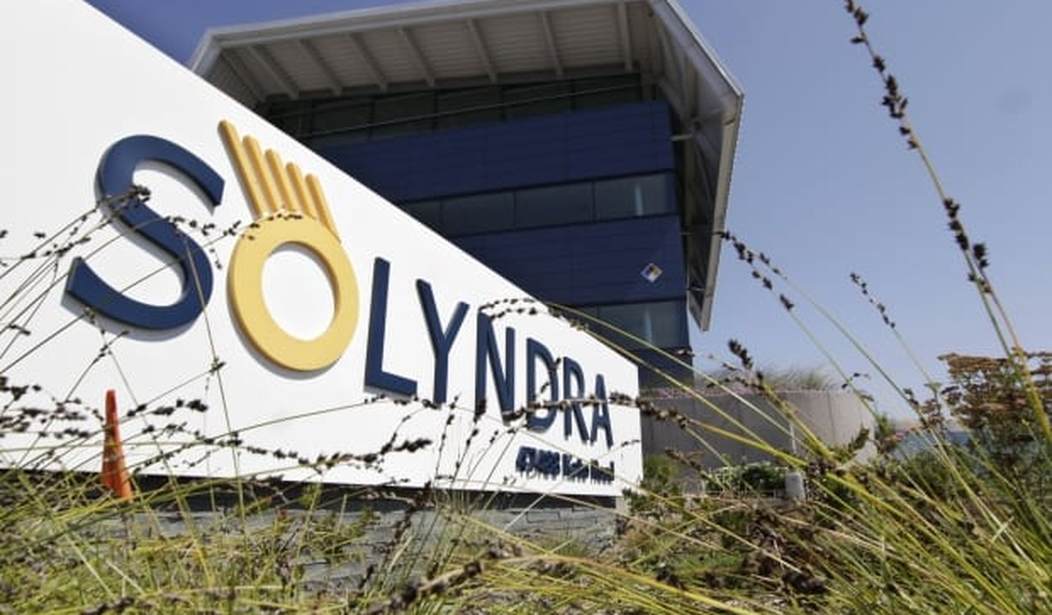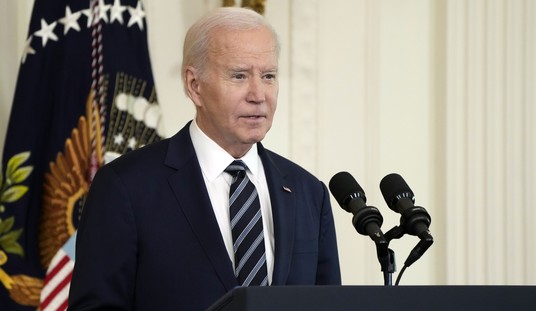
We all know the saga of Solyndra. A high-tech “green company” launched by Obama donors that sucked some $535 million dollars from the federal coffers before folding. Solyndra isn’t unique, Obama’s various venture Marxist investments are dropping like flies as this chart taken from Heritage’s comprehensive list of Obama’s failed green ventures shows.
Solyndra is blaming Chinese solar panel manufacturers for their demise and has filed a lawsuit alleging dumping:
Solyndra LLC, the bankrupt solar- panel maker that received a $535 million U.S. government loan guarantee, accused Suntech Power Holdings Co. (STP) and other Chinese panel makers of driving it out of business by running an illegal cartel.
Solyndra, which filed for bankruptcy protection in August 2011, is seeking compensation “for the loss of the $1.5 billion value of its business and more which defendants destroyed,” according to a complaint filed yesterday in federal court in San Francisco.
The defendants schemed with each other, raw material suppliers and certain lenders to flood the U.S. market with solar panels at below-cost prices, the Fremont, California-based company said in the complaint. Panel prices for Wuxi, China- based Suntech, the biggest solar-panel maker, and two other companies moved in tandem, falling 75 percent in four years in the U.S. market, Solyndra said.
Ever the dutiful servant of Obama’s donors, the US Commerce department has imposed sanctions on several Chinese companies:
China demanded Thursday that Washington repeal steep tariffs on solar panels that Chinese producers fear will shut their equipment out of the American market.
The tariffs upheld Wednesday by the U.S. Commerce Department add to financial pressure on struggling Chinese solar panel manufacturers that are suffering heavy losses due to weak demand and a price-cutting war.
“The United States is inciting trade friction in new energy and sending a negative signal to the whole world about protectionism and obstructing the development of new energy development,” Ministry of Commerce spokesman Shen Danyang said in a statement. It gave no indication whether Beijing might retaliate.
“We hope the U.S. side will correct its erroneous action with early termination of the trade remedy measures,” Shen said.
The Commerce Department upheld charges of 18 percent to nearly 250 percent on Chinese solar panel producers to counter what it said was improper subsidies by Beijing to the industry. For some companies, charges are lower than preliminary tariffs announced in May.
The truth is much more banal and ironic. Solyndra, born swaddled in subsidies was a fatality of the free market. To understand what went wrong you have to understand something about Solyndra’s business model.
For five years or more, the U.S. government was providing support for solar manufacturing in the U.S. The DOE Loan Guarantee program provided critical funding for Solyndra’s manufacturing growth, supported by over $1b in private capital. Unfortunately, both these private investors and the DOE made a couple of bets on Solyndra that didn’t pan out.
The first bad bet was that refined silicon, the feedstock for the solar panel industry, would stay expensive. Solyndra invented a solar panel that didn’t use expensive silicon. Unfortunately for Solyndra, and fortunately for all the silicon solar panel manufacturers and customers, silicon has gotten very cheap over the past few years. So the problem that Solyndra solved — expensive silicon — disappeared.
The second bad bet was that Solyndra’s flat roof installation technology would make up for their relatively expensive panels. Solyndra did indeed see big savings on flat roof installations, but the rest of the industry did not stand still. Other commercial flat roof products are on the market (full disclosure, Westinghouse Solar has an inexpensive and easy to install flat roof solar panel product) with similar benefits at much lower costs to Solyndra.
Management and investors finally pulled the plug when two things became brutally apparent. First, that silicon wasn’t going to get expensive again. And second, Solyndra’s installation advantage couldn’t overcome similar products that were on the market at much lower prices.
So the root cause of the failure was cheaper silicon. What do we think brought that about? Supply and demand.
For most of the past decade, polysilicon manufacturing was a near oligopoly, and growth in solar-end market demand allowed the incumbents to earn healthy and consistent EBITDA margins greater than 40 percent. In 2008, a shortage of polysilicon pushed prices to outrageously high levels (greater than $400 per kilogram in the spot market), and with those high prices came eye-popping 70 percent margins that enticed existing players as well as new entrants to embark on plant construction/expansion plans. These massive new plants and expansions made their presence felt in 2011, with a supply/demand imbalance pushing silicon prices to record-low levels, below even the cash costs of many manufacturers.
While spot pricing has collapsed and contract pricing is expected to follow, the cost of production has changed little, which implies substantial margin contraction in the coming years. With spot prices below $30 per kilogram, the scores of smaller, higher-cost producers face bleak options: continue to operate at a loss, hoping that pricing will recover before their cash runs out, or moth-ball the plant and live to fight another day. While oversupply will push many companies to shutter plants and lay off employees, other low-cost players will thrive and expand their share of the market.
In a dynamic market place that is largely a free one, it is impossible for a government to establish an industrial policy that can succeed. The political considerations led to funding Solyndra based on domestic politics and ignored the marketplace. Indeed, the plants that killed Solyndra were already being built when the Obama regime began funding that venture.
A real entrepreneur, rather than a lobbyist playing entrepreneur, would not have launched Solyndra in that environment.
A government even vaguely acquainted with economics would not have underwritten this venture.














Join the conversation as a VIP Member